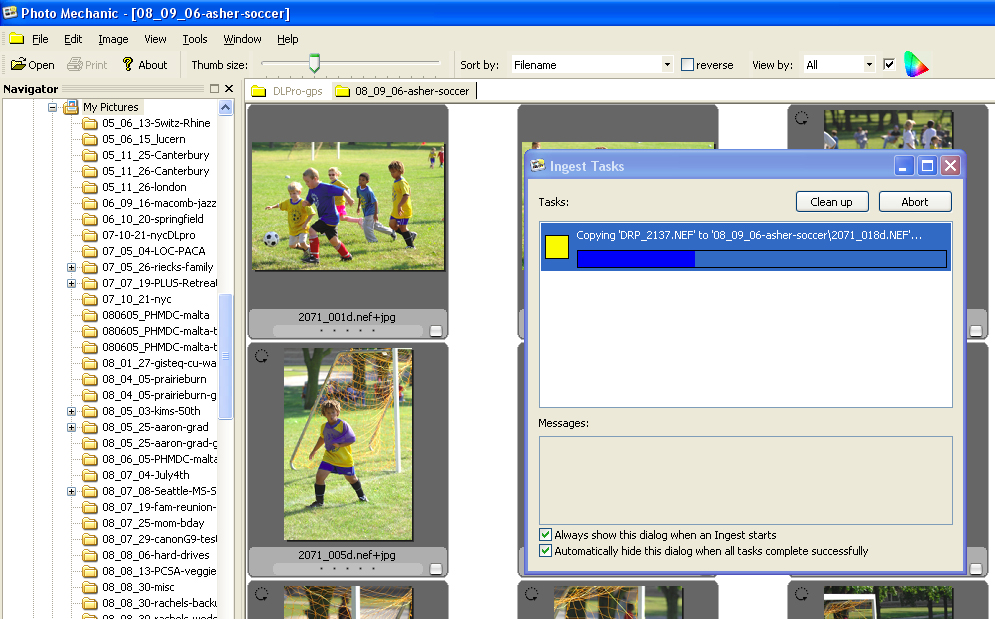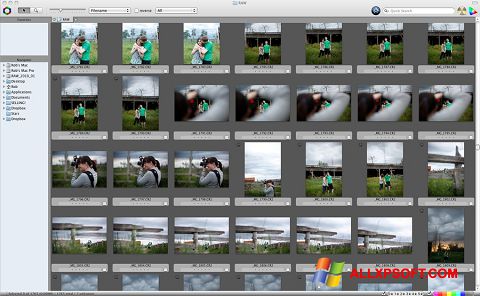

If you open a folder to view the images for the first time, you will see lagging when you press and hold the right arrow button on your keyboard. I did come across one problem, which seems only to exist pre-caching. The program waits for you, not the other way around. This allows you to select and ‘cull’ images as fast as you can. This saves much time overall.Īdding keywords, IPTC data, culling, and organising are lightning-fast. The most significant factor is that you can browse through your images without importing them. The main problem with other front-end image organisation and browser programs is speed. This is great for searching and organising your images. You get to choose from a whole slew of selection possibilities and even stack them any way you want. With these, you can add any information to any field.

The other great thing is the variables section.

You can save and add IPTC metadata to be used on other images. Other programs have similar functions but are either not combined or not obvious. You can add all of the details for model or property releases. One thing that I liked was the ‘Models, Property, and Artwork’ field. And most of them make sense. Everything I would need is already here, just waiting for me to fill in the information. There are over 100+ fields in the IPTC Stationery Pad (metadata) in Photo Mechanic. Other features are beneficial, but none are as extensive as this.
PHOTO MECHANIC FOR WINDOWS SOFTWARE
If you are working in fields where clients will be overwatching your photography session, this is something that they would appreciate.Īt its most basic, this program is metadata (IPTC) software for photographers. This is perfect for looking at images in a larger size. Here, the images pop up on your computer screen rather than your camera’s LCD. It goes very fast, and while you’re waiting for your images to copy over, you can edit them.įor Live Ingesting, you ‘tether’ your camera to your computer via a USB cable. I like this as it repeats the old processes of photography. Ingested images are shown in a contact sheet. This opens your images in a similar way to Lightroom’s ‘Import’, except there is not a catalogue where the images are going. From there, you can ‘ingest’ your images. Most of the workflow in Photo Mechanic 5 is done through contact sheets. With Photo Mechanic, you can do this by creating a Contact Sheet or Live through tethering. Ingesting is the act of importing or bringing images into a program. Cull with PM and edit with Lightroom, Capture One, or On1 Photo RAW. This means that you need to work with an image editor after Photo Mechanic. But you will not be able to edit your images’ exposure, colour, or sharpness. There are a few tools, such as crop, which you can use. This front-end software lets you upload, browse, organise, manage, tag, and export your digital photos. Do not be confused, Photo Mechanic is not an image editor.


 0 kommentar(er)
0 kommentar(er)
